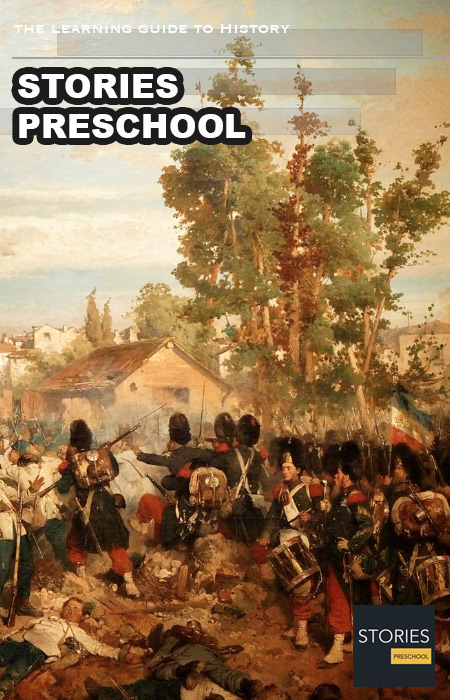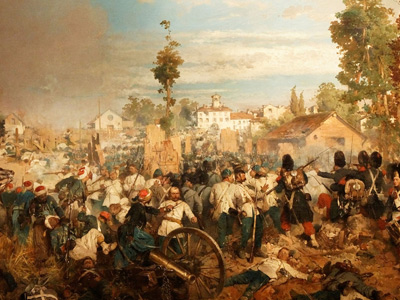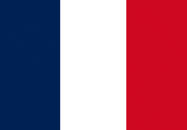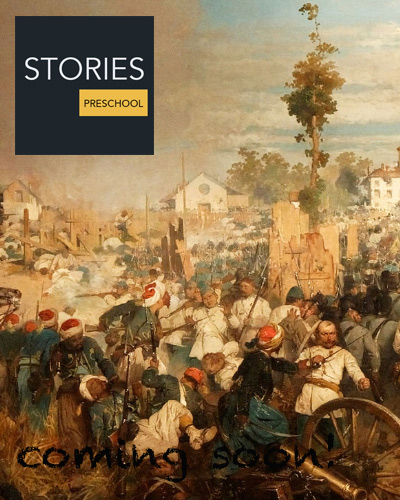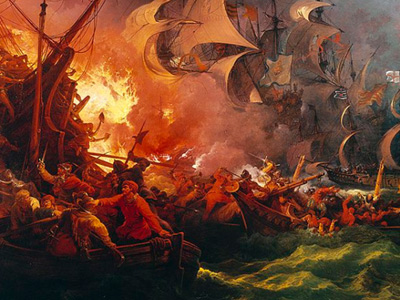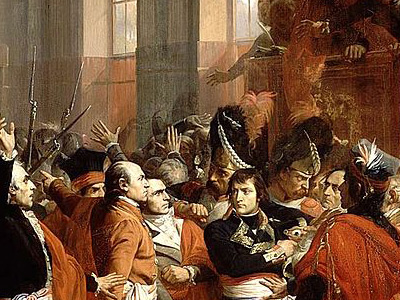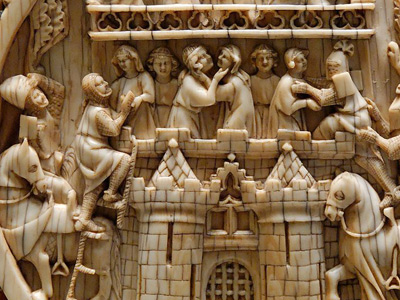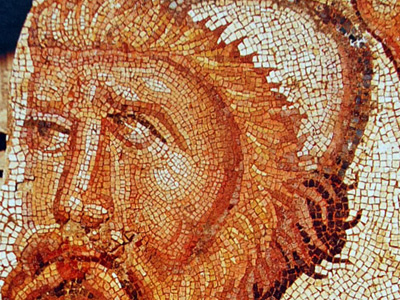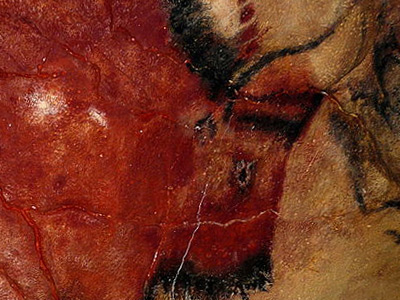Battle of Magenta (1859)

The Battle of Magenta was fought on 4 June 1859 during the Second Italian War of Independence, resulting in a French-Sardinian victory under Napoleon III against the Austrians under Marshal Ferencz Gyulai.
It took place near the town of Magenta in the Kingdom of Lombardy–Venetia, a crown land of the Austrian Empire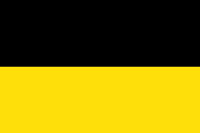 Austrian Empire was a Central-Eastern European and multinational great power from 1804 to 1867, created by proclamation out of the realms of the Habsburgs. During its existence, it was the third most populous monarchy in Europe after the Russian Empire and the United Kingdom. Along with Prussia, it was one of the two major powers of the German Confederation. The empire was proclaimed by Francis II in 1804 in response to Napoleon's declaration of the First French Empire. on 4 June 1859. Napoleon III's army crossed the Ticino River and outflanked the Austrian right forcing the Austrian army under Gyulai to retreat. The confined nature of the country, a vast spread of orchards cut up by streams and irrigation canals, precluded elaborate manoeuvre. The Austrians turned every house into a miniature fortress. The brunt of the fighting was borne by 5,000 grenadiers of the French
Austrian Empire was a Central-Eastern European and multinational great power from 1804 to 1867, created by proclamation out of the realms of the Habsburgs. During its existence, it was the third most populous monarchy in Europe after the Russian Empire and the United Kingdom. Along with Prussia, it was one of the two major powers of the German Confederation. The empire was proclaimed by Francis II in 1804 in response to Napoleon's declaration of the First French Empire. on 4 June 1859. Napoleon III's army crossed the Ticino River and outflanked the Austrian right forcing the Austrian army under Gyulai to retreat. The confined nature of the country, a vast spread of orchards cut up by streams and irrigation canals, precluded elaborate manoeuvre. The Austrians turned every house into a miniature fortress. The brunt of the fighting was borne by 5,000 grenadiers of the French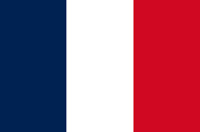 Second French Empire was the 18-year Imperial Bonapartist regime of Napoleon III from 14 January 1852 to 27 October 1870. The Second Empire is given high credit for the rebuilding of Paris with broad boulevards, striking public buildings, and elegant residential districts for upscale Parisians. In international policy, Napoleon III tried to emulate his uncle Napoleon I, engaging in numerous imperial ventures around the world as well as several wars in Europe. Imperial Guard, still mostly in First Empire style uniform. The battle of Magenta was not particularly large, but it was a decisive victory for the French-Sardinian forces. Patrice Maurice de MacMahon was created Duke of Magenta for his role in this battle, and later served as President of the Third French Republic
Second French Empire was the 18-year Imperial Bonapartist regime of Napoleon III from 14 January 1852 to 27 October 1870. The Second Empire is given high credit for the rebuilding of Paris with broad boulevards, striking public buildings, and elegant residential districts for upscale Parisians. In international policy, Napoleon III tried to emulate his uncle Napoleon I, engaging in numerous imperial ventures around the world as well as several wars in Europe. Imperial Guard, still mostly in First Empire style uniform. The battle of Magenta was not particularly large, but it was a decisive victory for the French-Sardinian forces. Patrice Maurice de MacMahon was created Duke of Magenta for his role in this battle, and later served as President of the Third French Republic French Third Republic was the system of government adopted in France from 4 September 1870, when the Second French Empire collapsed during the Franco-Prussian War, until 10 July 1940, after the Fall of France during World War II led to the formation of the Vichy government. During the 19th and 20th centuries, the French colonial empire was the second largest colonial empire in the world only behind the British Empire..
French Third Republic was the system of government adopted in France from 4 September 1870, when the Second French Empire collapsed during the Franco-Prussian War, until 10 July 1940, after the Fall of France during World War II led to the formation of the Vichy government. During the 19th and 20th centuries, the French colonial empire was the second largest colonial empire in the world only behind the British Empire..

The Battle of Magenta by Gerolamo Induno. Musée de l'Armée, Paris

The Battle of Magenta by Gerolamo Induno. Musée de l'Armée, Paris
( Click image to enlarge)
Prelude to Battle
From 1 June through 3 June, the French and Piedmontese pursued the Austrian 2nd Army to the Ticino River, the border between Lombardy and Piedmont. The Austrians set up a defensive position at Magenta, utilizing the Naviglio Grande, which could be crossed only at four bridges. Gyulay had available 68,000 men, composed of the I,II, III and VII Korps. The French had about 50,000 men, while Manfredo Fanti added another 12,000. Camou had crossed the Ticino during the Battle of Turbigo, followed by MacMahon. MacMahon, Camou and Espinasse crossed the canal on bridges at Bernate Ticino and Boffalora sopra Ticino, placing them north of Magenta.
Battle
At noon, MacMahon encountered elements of Liechtenstein's II Korps. The Imperial Guard Corps made contact with the Austrians from Buffalora to Magenta. At 2pm, the Guard Zouaves crossed the canal with boats, establishing a bridgehead. Eduard Clam-Gallas informed Gyulay of the French attack, who sent Schwarzenberg's III Korps from Robecco sul Naviglio, threatening the French right flank. Canrobert arrived in time to reinforce the Guard. From 3.30 through 5.30pm, MacMahon launched an attack against the Austrian I and II Korps. By 6.30pm the Austrians began a fighting withdrawal, while the French advanced into Magenta and beyond. By 10pm, the Austrian 2nd Army was withdrawing toward Abbiategrasso.

These books are available for download with Apple Books on your Mac or iOS device
Aftermath
On 8 June, Napoleon III and Victor Emmanuel II entered Milan, then Brescia a few days later. On 23–25 May, Prince Napoléon Bonaparte's V Corps landed at Livorno, and then entered Florence a week later, followed by Parma, and Modena.
According to Frederick Schneid, "The defeat at Magenta spelled the end for Gyulay. He withdrew his army to the Chiese River east of Milan, and resigned on June 16."
Legacy
A dye producing the colour magenta was discovered in 1859, and was named after this battle, as was the Boulevard de Magenta in Paris France France, officially the French Republic is transcontinental country predominantly located in Western Europe and spanning overseas regions and territories in the Americas and the Atlantic, Pacific and Indian Oceans. France reached its political and military zenith in the early 19th century under Napoleon Bonaparte, subjugating much of continental Europe and establishing the First French Empire..
France, officially the French Republic is transcontinental country predominantly located in Western Europe and spanning overseas regions and territories in the Americas and the Atlantic, Pacific and Indian Oceans. France reached its political and military zenith in the early 19th century under Napoleon Bonaparte, subjugating much of continental Europe and establishing the First French Empire..
HISTORY
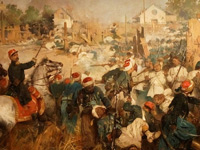
RESOURCES
This article uses material from the Wikipedia article "Battle of Magenta (1859)", which is released under the Creative Commons Attribution-Share-Alike License 3.0.
© Stories Preschool. All Rights Reserved.
